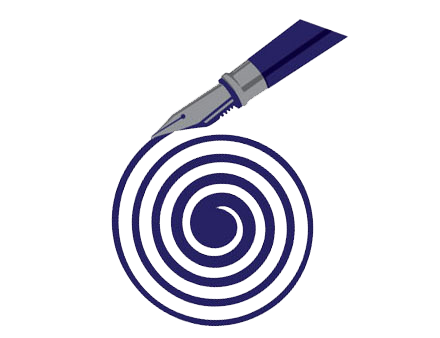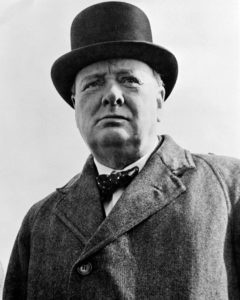
As we’ve seen in our past few installments, myths, both grammatical and otherwise, often arise from misunderstandings or incomplete information. This is certainly true of the current situation surrounding the novel coronavirus. Because there are gaps in our knowledge about this new virus, there is a lot of confusion, which has in turn led to a lot of myths.
Many of you are no doubt familiar with the fact-checking website Snopes. Of the top 50 trending claims they have recently investigated, only 12 are not related to the coronavirus. Some of the more interesting ones include several supposed predictions of the outbreak in various books or media; a method to check yourself for infection by holding your breath; and the allegation that Corona beer sales have suffered because some people believe that the beer is connected to the virus.
Our grammar myth for today also comes from incomplete information and confusion. I’d bet that many of you (like me) were taught in school not to begin sentences with conjunctions. These are the little words that are used to link words, clauses (parts of sentences), and even complete sentences: for, and, nor, but, or, yet, and so. According to the spurious “rule,” the second sentence in each of these examples is incorrect (the conjunction is underlined):
I looked everywhere for toilet paper, with no luck. And my neighbor said that the grocery store was out of disinfectant wipes.
There are many cases of COVID-19 in the New York metropolitan area, so it is locked down very tightly. But here in Florida, restrictions vary county by county.
Start looking for this and you’ll find it everywhere, because . . . there’s absolutely nothing wrong with it. Look back at what I said above about conjunctions: they are words that link other words, clauses, and even complete sentences. That’s a paraphrase of the guidance in The Chicago Manual of Style, one of the most respected and widely used style guides in the English-speaking world. And other style guides that I consulted agree.
Notice in the examples that using a conjunction at the beginning of the second sentence can be an effective way to create a smooth transition. In the first example, the second sentence starting with And amplifies the first. The use of But in the second example emphasizes the contrast between the sentences. If you were to make either example into one sentence, it would be very long and cumbersome—what is sometimes called a run-on sentence.
So why were we taught not to do this? One of the most popular explanations I’ve encountered in my research is that teachers use it as an easy way to keep students from writing sentence fragments, which lack either a subject (an actor) or a verb (an action), and could look something like this:
When the lockdown is over, I want to go to out to eat. And to the beach.
The second sentence here is not a sentence at all, but a fragment, because it contains no verb. A corrected version would be:
When the lockdown is over, I want to go out to eat and to the beach.
Once I learned as an adult that using conjunctions at the beginning of sentences is OK, it became one of my favorite transition devices. You might have noticed this in my previous posts, so I’ve decided to make this a contest! Count the sentences in this post and in the previous two (St. Patrick, Snakes, and Split Infinitives; Busting Grammar Myths) that start with the conjunctions for, and, nor, but, or, yet, and so. Drop me an email at steph@tightprose.com by April 10 with your total to enter. And yes, there’s a prize—a copy of The Sense of Style, a fabulous book on writing and English usage. The winner will be announced on April 14!
I hope everyone is doing well—stay healthy and safe!



 )
)